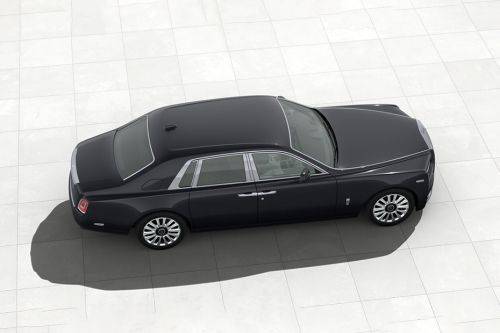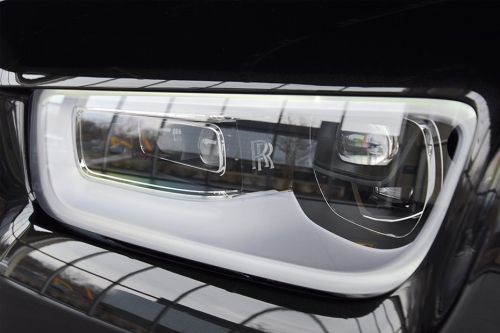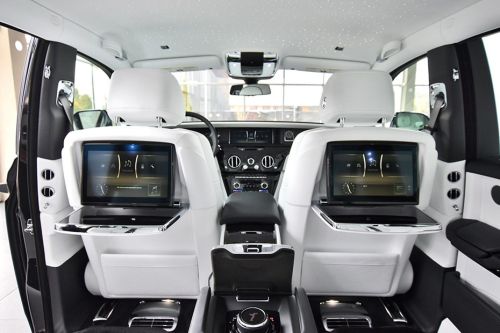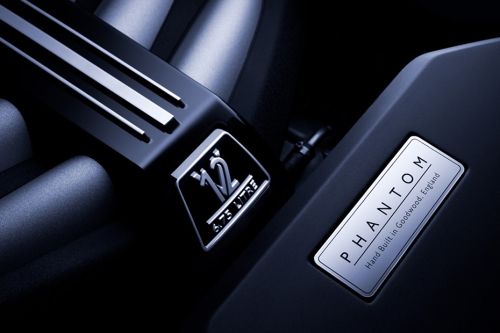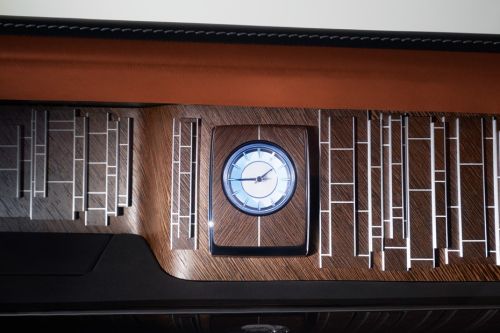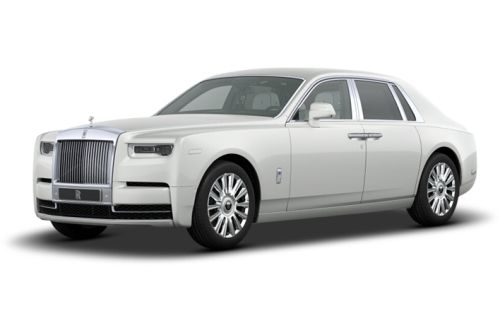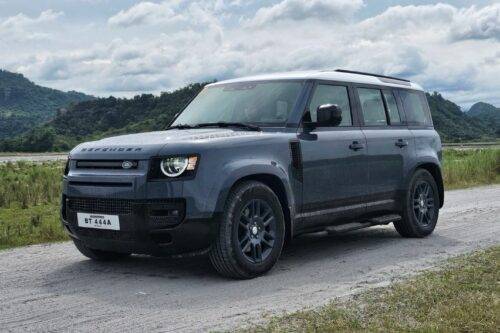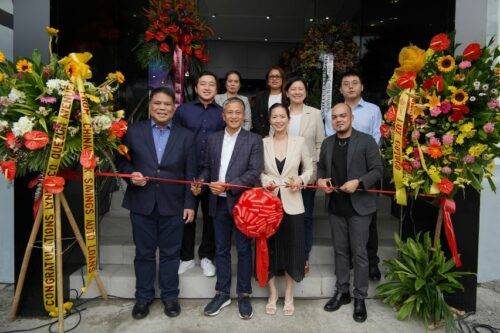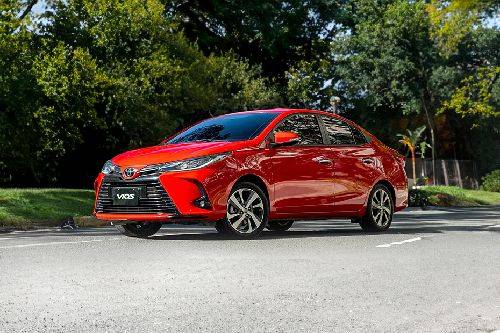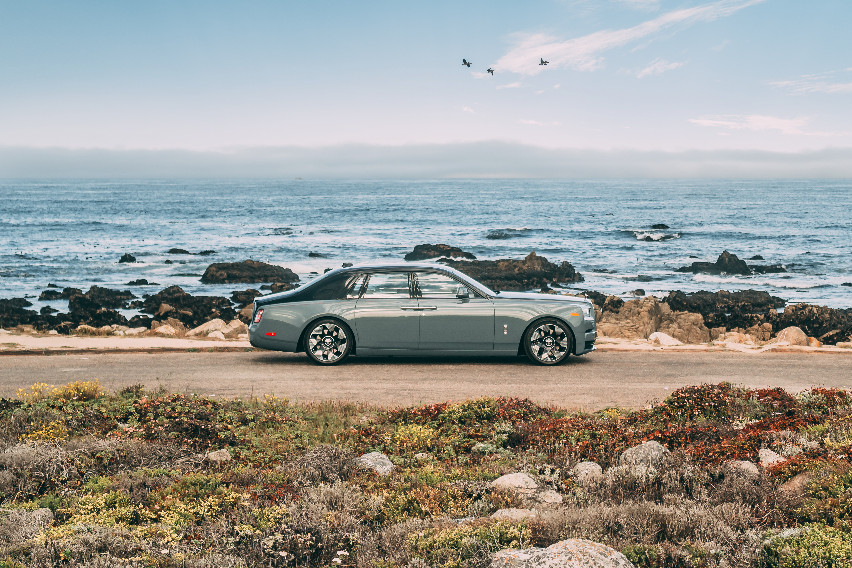Rolls-Royce marks 118th anniversary, recalls Phantom lineage

MANILA: Rolls-Royce Motor Cars marks the 118th anniversary of the first meeting between its founders, Henry Royce and The Hon. Charles Stewart Rolls in Manchester, England in 1904.
KEY TAKEAWAYS
When did the Rolls-Royce Phantom lineage start?
Rolls-Royce made its first Phantom model in 1925. Today, the flagship model now spans eight generations.Why is the Rolls-Royce Phantom considered by many as the most luxurious car in the world?
The Rolls-Royce Phantom has earned the consideration for the impressive performance, ride quality, and bespoke personalization.Through the combination of Royce’s engineering genius and Rolls’ talent for promotion, their company soon became recognized as the maker of "the best car in the world" with the Phantom.
The Phantom boasts superior quality and designs of the rolling chassis. Rolls-Royce had continuously improved its design and engineering and technical aspects of the car’s performance. These include reliability, hill-climbing capability, ease of control and a set of ride quality attributes still known collectively as noise, vibration and harshness (NVH).
As part of its annual reflections on its origins and unique heritage, Rolls-Royce looks back at Phantom’s lineage.

The Phantom family was born in 1925 when Rolls-Royce launched Phantom I. With its massive low-range torque, cutting-edge technology and "Magic Carpet Ride," the new model immediately established the fundamental traits that would define the family for the next 100 years. By 1929, its successor was ready for the market.
Phantom II represented another step-change in engineering and technology. In 1930, the company unveiled the Phantom II Continental, which gave customers a choice of a more performance-oriented model for those who preferred to drive themselves. The "standard" longer-wheelbase car was retained for chauffeur-driven use. This practice set the precedent for today’s Phantom and Phantom Extended.
While the new Continental could attain speeds up to 95mph, it was still not as fast as some of its rivals. In 1934, applying its proven experience with aero engines, Rolls-Royce developed a new 7.3-liter V12 engine, mounted on a new chassis. The resulting Phantom III, when fitted with lightweight coachwork, was capable of exceeding 100mph.

In 1939, Rolls-Royce produced an experimental car, nicknamed "The Scalded Cat." In later years, this car was often loaned to influential individuals, including HRH Prince Philip, Duke of Edinburgh. The Duke was so impressed that he persuaded Rolls-Royce to build him a more formal version; the marque obliged with the first Phantom IV, delivered in July 1950.
The car remains on front-line duty at The Royal Mews, under its pre-delivery codename, Maharajah. Though originally intended as a one-off, 18 Phantom IV cars were completed. Seventeen examples were sumptuously appointed commissions for other royalty and heads of state; the other was built as a pick-up truck for use by Rolls-Royce as transport and on-the-road component testing.

In 1959, the marque launched Phantom V, equipped with its most up-to-date V8 engine. In 1967, the car underwent subtle technical changes that were deemed, at the very last minute, sufficient to justify its redesignation as Phantom VI.
By 1968, the only true coachbuilder left in Britain was Rolls-Royce’s own in-house company, Mulliner Park Ward. These magnificent cars soldiered on through the mid-1980s, until production dwindled to a mere two or three cars a year, and finally ceased altogether in 1992.
Every generation up to Phantom VI was essentially a rolling chassis. The bodies were built to the owner’s individual requirements by some of the most famous and prestigious names in British and European coachbuilding.

While this was normal practice in the luxury automotive world, the Phantom stood apart through its ability — thanks to Royce’s engineering genius and the excellence of the chassis’ components and construction — to carry coachwork of the very finest quality, weight and complexity.
At every stage in Phantom’s development, owners exploited its potential to create some of the most eye-catching and radical motor cars ever to grace the road. Since the chassis and body were separate, it was possible for a subsequent owner to change the car’s appearance to suit their own taste and requirements.
In 2021, a unique collaboration saw the House of Rolls-Royce and the House of Hermès co-create a Bespoke Phantom for Japanese entrepreneur Yusaku Maezawa.


Named Phantom Oribe, the motor car features a Bespoke two-tone exterior finish, inspired by the client’s world-class collection of ancient Japanese ceramics, Oribe ware. In an unusual move, the Rolls-Royce paint was made available for use on the client’s private jet that the Phantom is paired with.
The interior is finished predominantly in Hermès Enea Green leather. The Gallery features an artwork based on a design by the celebrated French artist and illustrator Pierre Péron (1905–1988), who created many of Hermès’ iconic scarves.
Photos from Rolls-Royce
Also read: Rolls-Royce Spectre endures -40˚C winter testing near Arctic Circle
Sell your car at the best price
 Verified and genuine buyers
Verified and genuine buyers
-
Explore Rolls-Royce Phantom
Rolls-Royce Car Models
Don't Miss
PIMS 2024
Trending & Fresh Updates
- Latest
- Popular
You might also be interested in
- News
- Featured Stories
Rolls-Royce Featured Cars
- Popular
Compare & Recommended
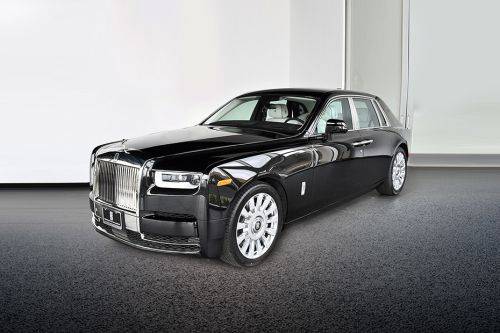
|

|
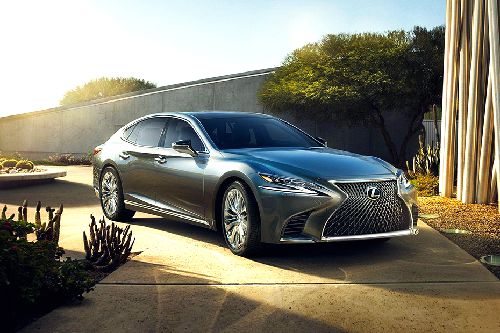
|

|

|
|
Length
5762 mm
|
5044 mm
|
5235 mm
|
4601 mm
|
5320 mm
|
|
Width
2018 mm
|
1902 mm
|
1900 mm
|
1818 mm
|
1945 mm
|
|
Height
1646 mm
|
1492 mm
|
1450 mm
|
1489 mm
|
1488 mm
|
|
Front Brake Type
Ventilated Discs
|
Discs
|
Ventilated Discs
|
Ventilated Discs
|
Ventilated Discs
|
|
Rear Brake Type
Ventilated Discs
|
Discs
|
Discs
|
Drums
|
Ventilated Discs
|
|
Adjustable Headlights
Yes
|
Yes
|
Yes
|
Yes
|
Yes
|
|
Headlamp Type
LED
|
HID
|
Bi-Beam LED
|
Halogen
|
LED
|
|
Centrally Mounted Fuel Tank
Yes
|
Yes
|
Yes
|
Yes
|
Yes
|
|
|
Trending Sedan
- Latest
- Upcoming
- Popular
Rolls-Royce Phantom Car Articles From Carmudi
- journal






